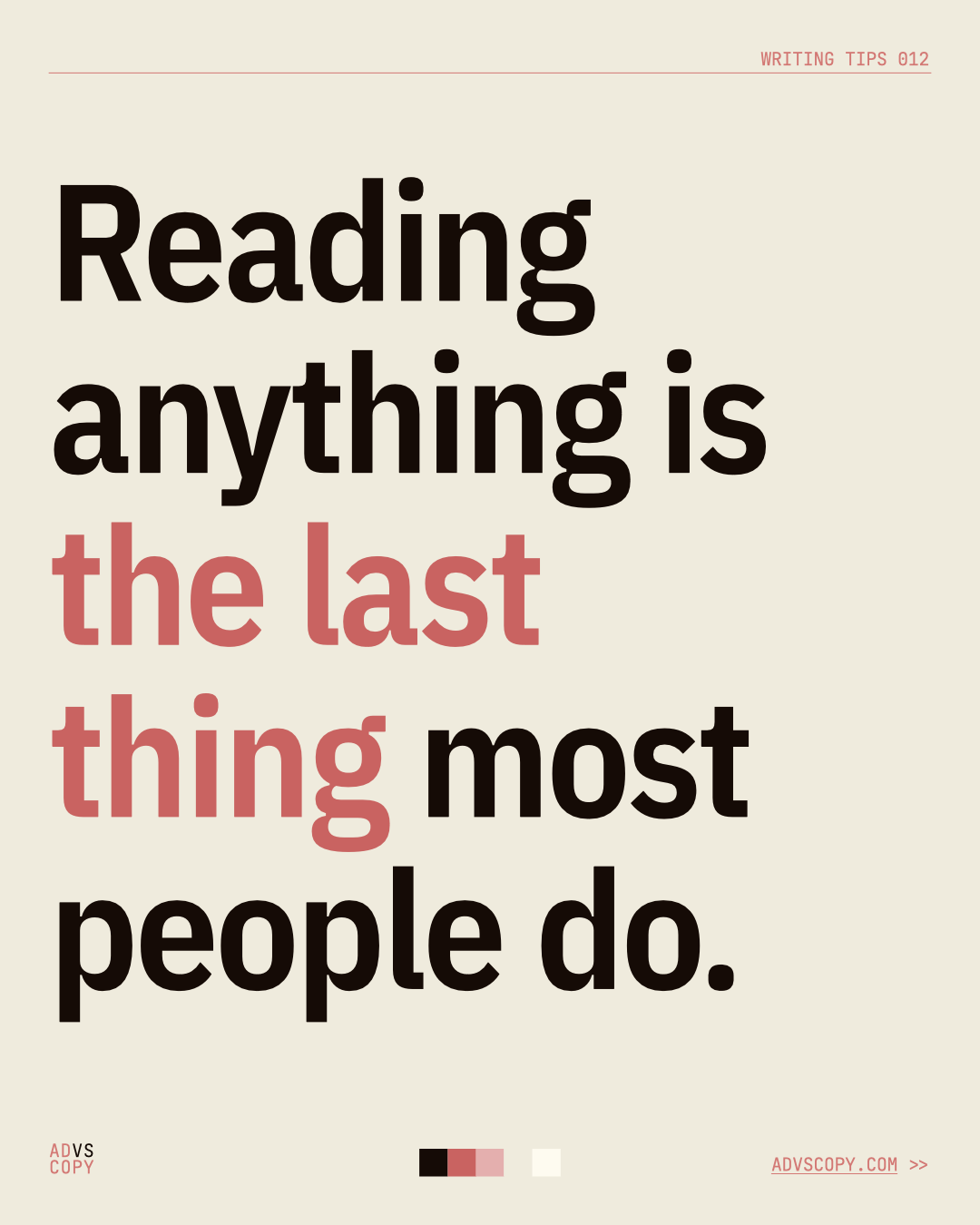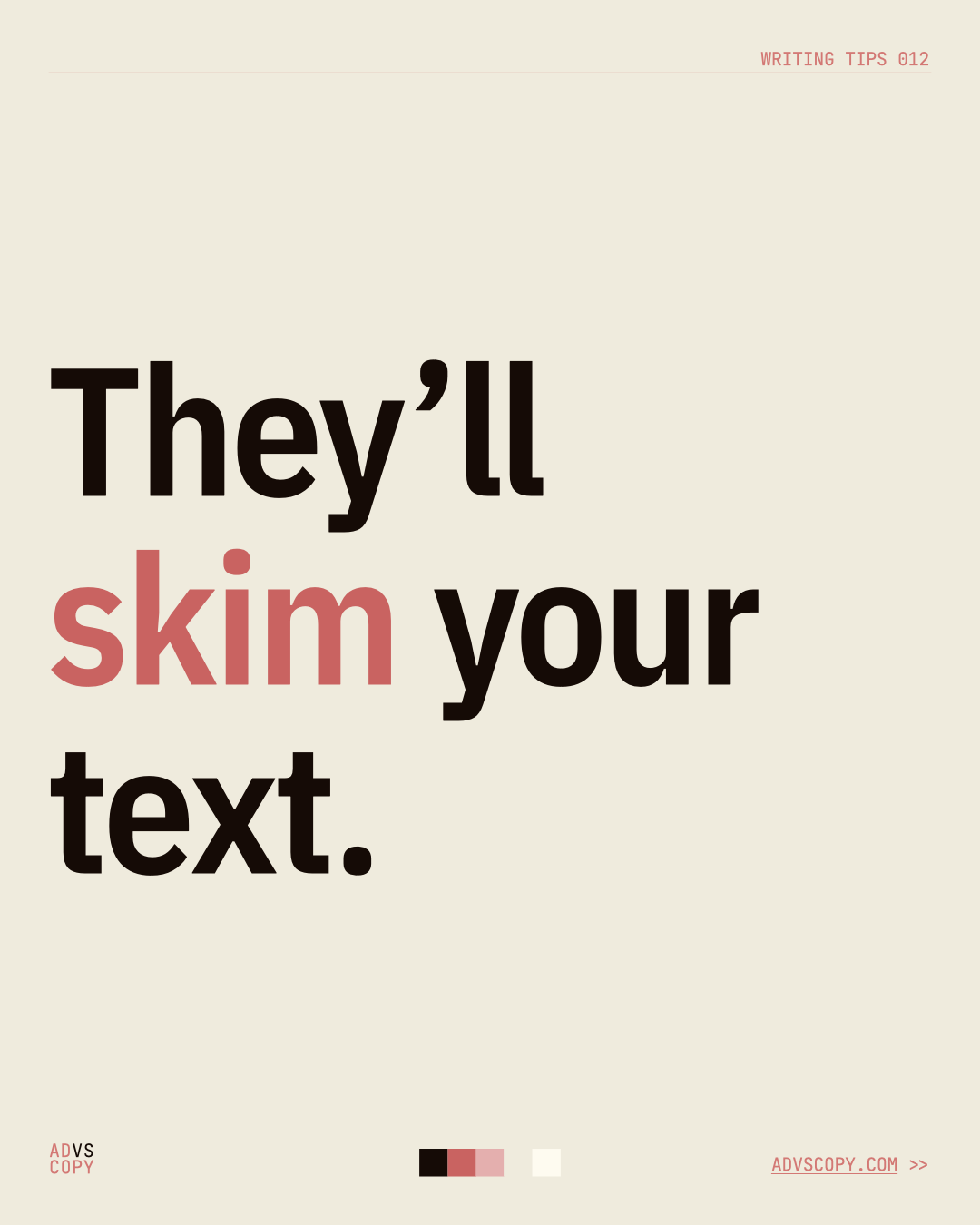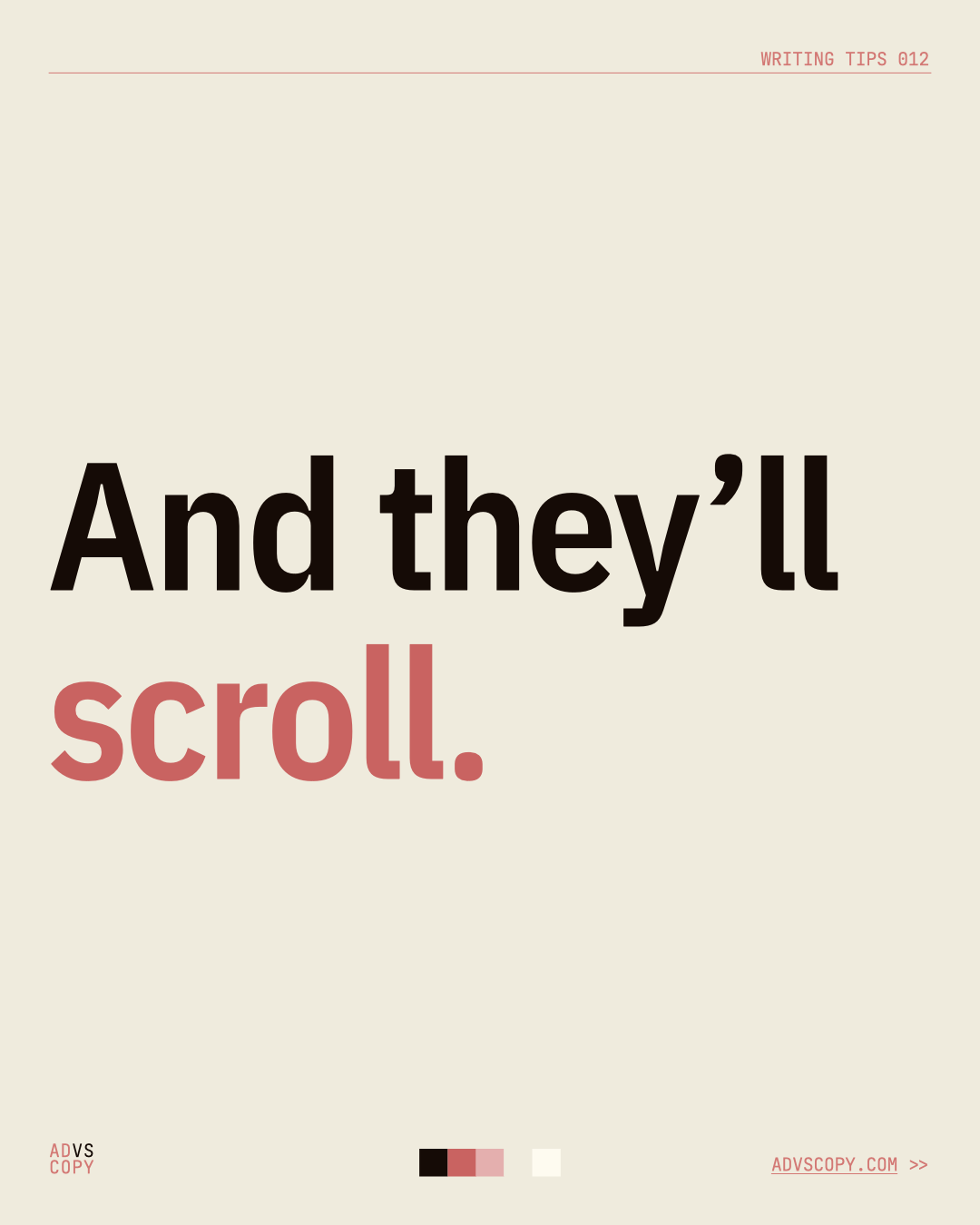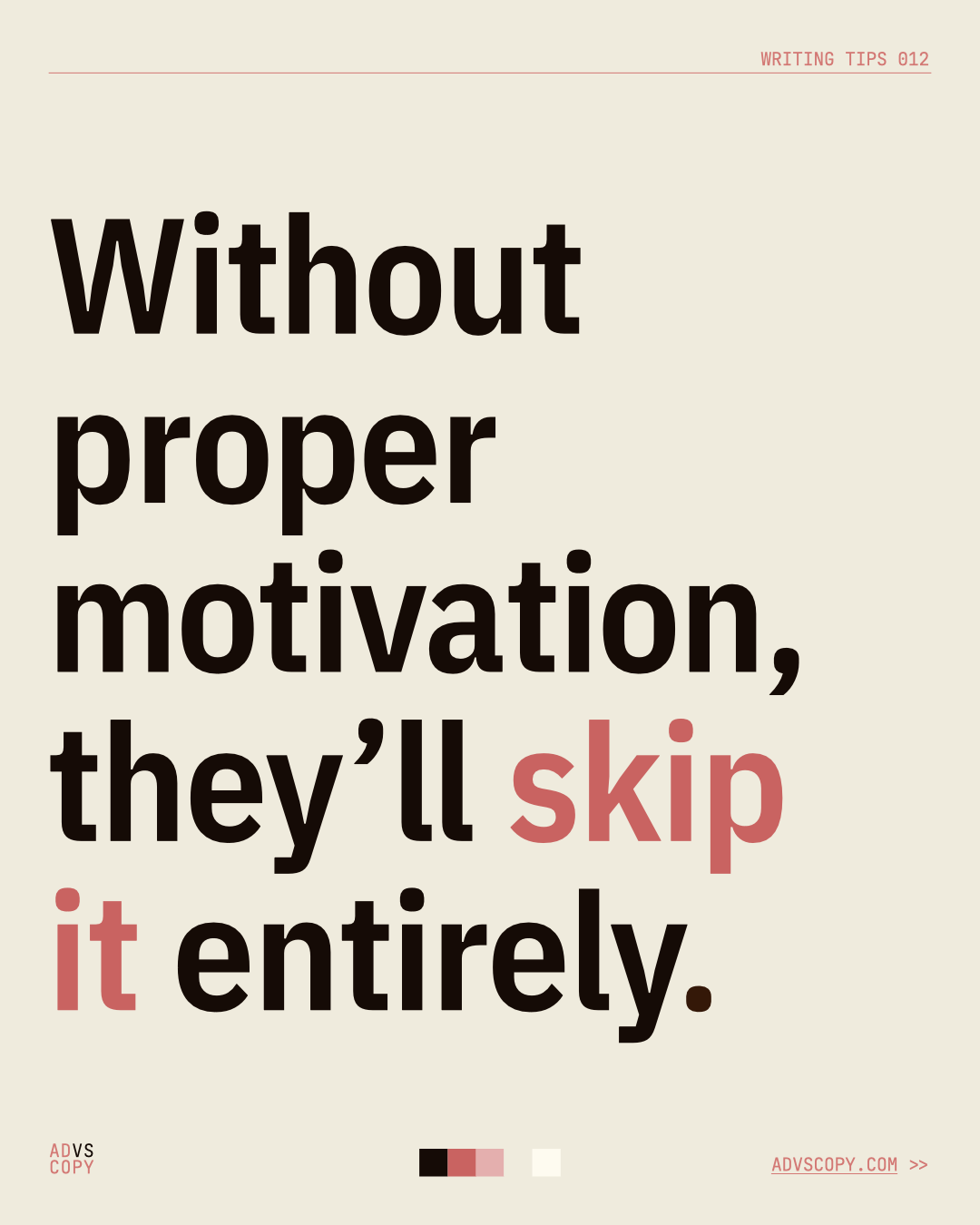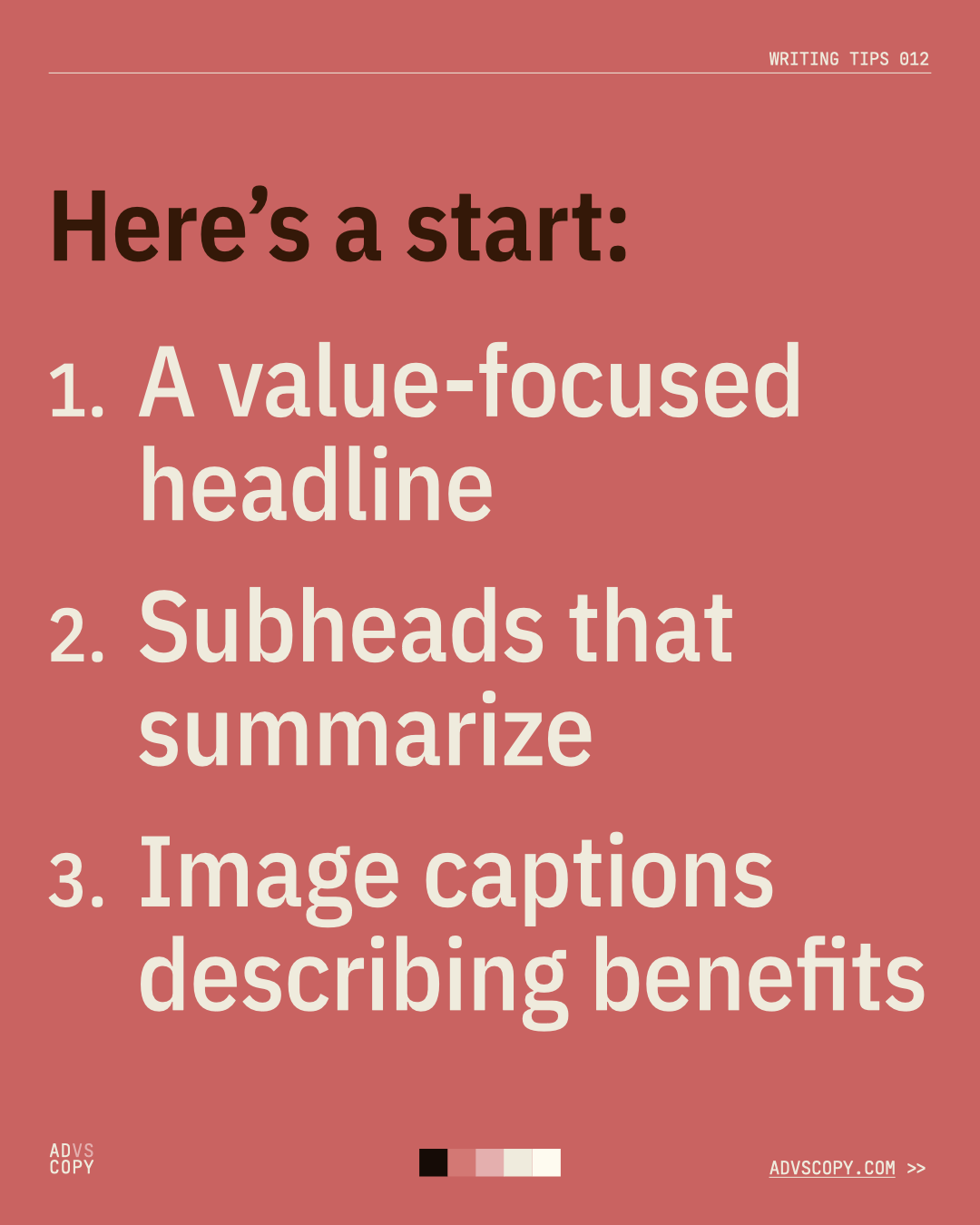No one wants to read about your buildings (and 3 ways to make them do it anyway)
A sad truth about architecture marketing? No one really wants to read about your building.
Not at first.
Oh sure, they’ll skim and scroll through your website to get an idea of what you’re about.
They’ll scan through your architectural proposals and project descriptions.
But really, on a subconscious —and even sometimes on a conscious— level, few people sit down with the intention of digging into 100-1000 (or more) words about a building or a practice.
That doesn’t devalue your writing or your marketing efforts.
Quite the opposite. It makes good writing absolutely critical.
Why?
Because a picture may be worth a thousand words, but they’re not always the right words. A picture can’t talk about how your work is saving the client money, helping them reach their goals, or improving the visitor experience. An image can’t show higher application rates or connect those cool-looking louvers with impressive energy performance. A picture can’t do any of that.
But a thousand words can.
Hell, 20 words can do it if they’re the right ones.
So. When we write, we should try to concisely provide a level of information that photos, renderings, and drawings can’t.
And if you want anyone to actually read your writing, it needs to be engaging. You have to draw them in.
Architecture writing tips to draw readers in and attract new clients
Ok, so the issue isn’t that people don’t want to read your writing. It’s not personal. It’s just that they’re in a hurry. We’re all in a hurry all the damn time. It’s not good. And it’s certainly not healthy. But it’s the way it is for most of us. If someone is reading your thing then they’re not reading the next thing. Or watching or clicking or scrolling the thing after that.
So give them a reason to slow down.
Let them know that reading your writing will be worth their time.
There are three quick and easy things you can do to improve your project texts, press release, thought leadership, and more.
1. Use sharp headlines heads to convey the value of your architecture and design work.
There are a lot of tips for writing headlines that we’ll cover in a later Architecture Copywriting 101 article. But basically, I recommend trying to just focus on the single most significant benefit to the client.
“But, Jimmy, I don’t use headlines,” you might be saying right now. “The headline is the project name, obviously.”
Well, what this tip presupposes is...maybe it isn’t?
In some contexts, yes, the headline for a project description may need to be the project name. But for case studies, web pages, and marketing collateral, it doesn’t need to be. Those large words at the the top of your text occupy valuable real estate that almost everyone will read. Don’t waste them. Use the headline to say something that matters. Use it to help a prospective client imagine how their life could be better — if only they hire you.
Now, admittedly, I probably haven’t pushed my clients enough on this. We use this technique often for press releases and blog posts, but rarely on project case studies and web text. I’m working on changing that because I genuinely think value-focused headlines can make a big difference in getting a prospect’s attention.
Take, for example, the case studies on this site, which I think are pretty effective and also help illustrate our next point.
2. Break up longer project descriptions with subheadlines that relate core ideas and summarize your narrative.
Subheads are great for breaking up the text, letting the reader rest their eyes, and generally making your writing feel less intimating. But they’re also incredibly useful for summarizing what you want to say and building curiosity, which can help build reader momentum.
Think of them as the TLDR (too long, didn’t read) version of the following text.
A reader should be able to scan your headlines and subheadlines and get a general sense of what the text is about. If they’re intrigued, or if it seems to resonate with their needs, chances are they’ll keep reading.
In the design world, it’s becoming common to use subheads in project descriptions. Even architects are catching on ( I’m a fan of Perkins & Will’s project text format). Texts that use subheads like this are tailored to the unique experience of reading through a website. They aren’t just cut-and-pasted into a project page. It’s a little more work, but it creates an effective narrative that’s clearly divided into distinctive, easy-to-digest paragraphs that describe a key benefit or feature.
Subheads can highlight single features or benefits, but they can also help give your writing a basic narrative structure. To use a standard example, imagine subheadlines that succinctly convey 1) your project brief, 2) the major challenges, 3) your solution, and 4) the results or benefits to the client.
They guide the reader through the text and let the skimmers and scanners know what it’s about at a glance.
3. Caption your images with descriptions of benefits.
Don’t forget captions! These oft-overlooked texts draw the eye because they’re short and set apart from the rest of the copy on the page. Take advantage of that. Use them to make a case to prospective clients.
Use them to encourage and entice readers to keep reading, to dig deeper and learn more about your firm, your process, and your work.
And of course, keep them short.
Now, if you agree with classic tenets of copywriting, all these things —headlines, subheadlines, and captions— have one common objective: to get the reader to read the first sentence.
And the objective of the first sentence?
To get the reader to read the second.
And so it goes.
Word by word, line by line, paragraph by paragraph, you build momentum and the reader gains speed. And you gain their trust. You could lose them at any second, though, so keep your text sharp. Keep your info vital. Keep the reader on track and keep them nodding along with what you’re saying.
Do that, and someone who didn’t really want to read your writing will be booking a meeting with your firm that they can’t wait for.
A Few More Words:


